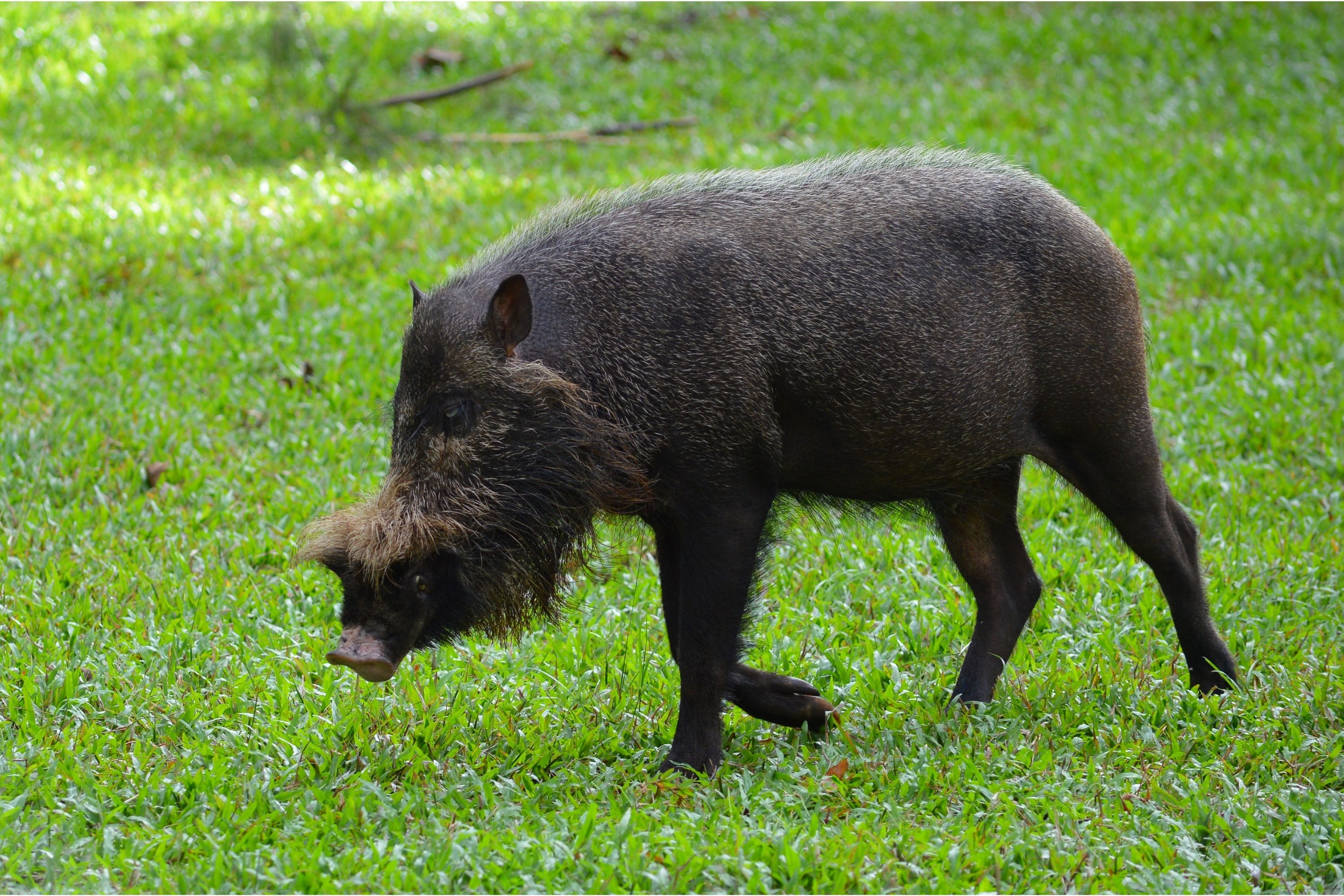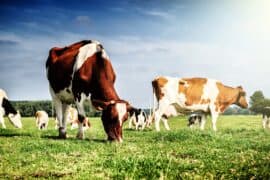Palawan bearded pig
(Sus ahoenobarbus)

Description
The Palawan bearded pig (Sus ahoenobarbus) is a pig species in the genus Sus endemic to the Philippines, where it occurs on the archipelago of islands formed by Balabac, Palawan, and the Calamian Islands. It is 1 to 1.6 m (3.3 to 5.2 ft) in length, about 1 m (3.3 ft) tall and weigh up to 150 kg (330 lb). Until recently, it was considered a subspecies of the Bornean bearded pig (Sus barbatus), but at least under the phylogenetic species concept, it must be classified as a separate species. For its treatment under other (and more widely used) species concepts, more study is required, but the presently available information seems to argue for full species status in any case. Fossils excavated in Palawan were identified as being of the Palawan bearded pig, deer, Philippine long-tailed macaques, tiger, small mammals, lizards, snakes and turtles. From the stone tools, besides the evidence for cuts on the bones, and the use of fire, it would appear that early humans had accumulated the bones. Borneo might have been connected to Palawan during the penultimate and previous glacial periods, judging from the molecular phylogeny of murids. Remains of pigs were compared with the wild boar (Sus scrofa) and Palawanese wild boar (Sus ahoenobarbus). It is known that the wild boar was imported as a domesticate to the islands from mainland Southeast Asia during the late Holocene. Sus is the genus of wild and domestic pigs, within the even-toed ungulate family Suidae. Sus include domestic pigs (Sus domesticus) and their ancestor, the common Eurasian wild boar (Sus scrofa), along with other species. Sus species, like all suids, are native to the Eurasian and African continents, ranging from Europe to the Pacific islands. Suids other than the pig are the babirusa of Indonesia, the pygmy hog of South Asia, the warthogs of Africa, and other pig genera from Africa. The suids are a sister clade to peccaries. Juvenile pigs are known as piglets. Pigs are highly social and intelligent animals. With around 1 billion of this species alive at any time, the domestic pig is among the most populous large mammals in the world. Pigs are omnivores and can consume a wide range of food. Pigs are biologically similar to humans and are thus frequently used for human medical research. A typical pig has a large head with a long snout that is strengthened by a special prenasal bone and by a disk of cartilage at the tip.
Taxonomic tree:







